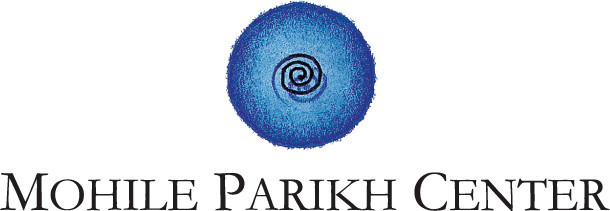What is Wrong with this Picture? Investigating Visual Studies
Conveners: Arindam Dutta and Prashant Parikh
Speakers: Arindam Dutta, Chris Csikszentmihalyi, D. Venkat Rao, Harsha Dehejia, Parul Dave Mukherji, R. Srivatsan, Ranjit Hoskote, Sanjit Sethi, Susan Buck-Morss, and Tapati Guha-Thakurta
Chairs: Gita Chadha, Kamala Ganesh, and Shubhada Joshi
January 26 to 28, 2004 | 10.00 am to 6.00 pm
Little Theatre, National Centre for the Performing Arts, Mumbai
Concept Note: Arindam Dutta and Prashant Parikh
“What is wrong with this picture?” – the phrase belongs to a genre of children’s puzzle, where the reader is asked to distinguish the differences between two seemingly similar caricatures or portraits. The question also accompanies a particularly paranoiac tableau in the Hollywood espionage film, where neophyte CIA agents are asked to sift out the anomalous (therefore threatening) elements in an otherwise normal environment. The question – and its implied structure of the normative and the anomalous – replicates itself in a slew of other contexts: MRI scans, X-rays, surveillance cameras, genomes, and advertising. In each, different modes of information are translated into the visual as the primary mode of discernment.
Critical enquiry has only recently begun to concentrate its attention on the centrality of the “visual” in a host of fields other than art. The burgeoning of para-disciplinary programs such as Visual Studies, Visual Culture, Media Studies on the one hand, and the slow but steady invasion of the older disciplines by a new emphasis on the visual, have provoked a greater interest in the centrality of vision in framing different forms of theory and practice. Even scientific research has begun to acknowledge the fundamentally “artistic” and representational framework of representation through which it carries out research.
This conference examines this new indeterminate territory of Visual Studies. Twelve scholars and artists with disparate international backgrounds in film studies, political science, art history, media studies, language and literature, architecture, history will present work both on current practices of and on the visual as a critical element of cultural politics. Papers and projects will look at how different constructs or “codings” of the visual inhere in different dispensations of power, both local and global.
The conference also seeks to initiate discussion on the disciplinary potentials and parameters of these new and older disciplines, and the prospects of practice and research in the future.
